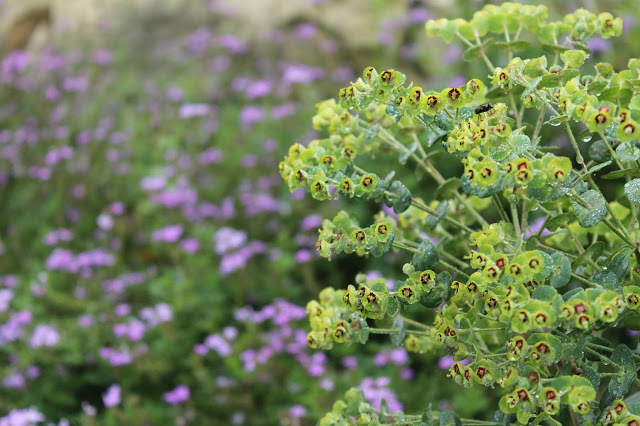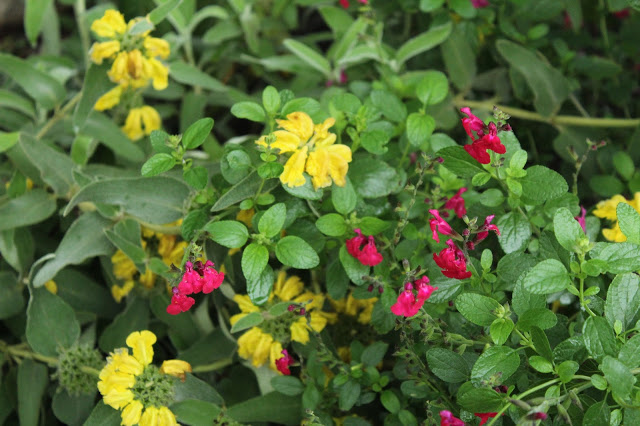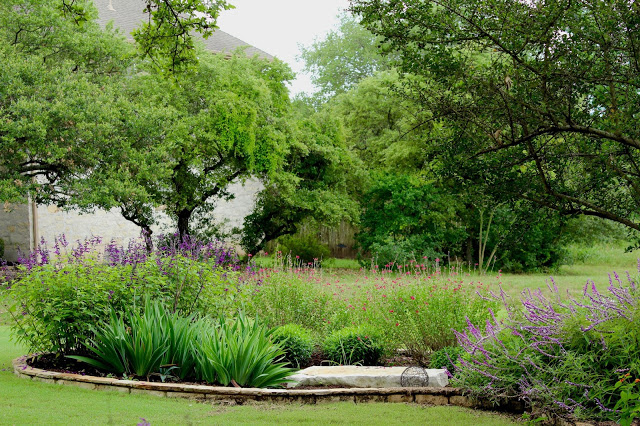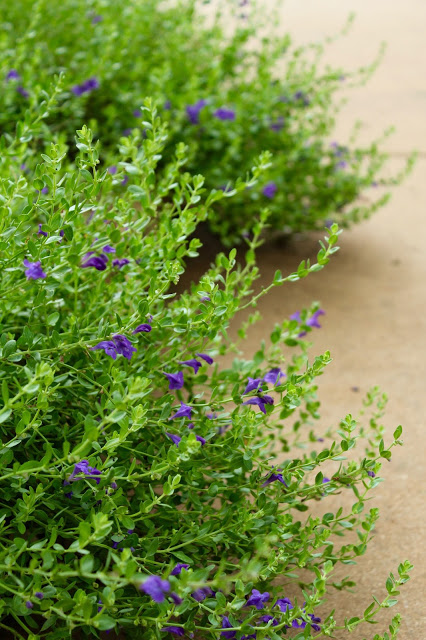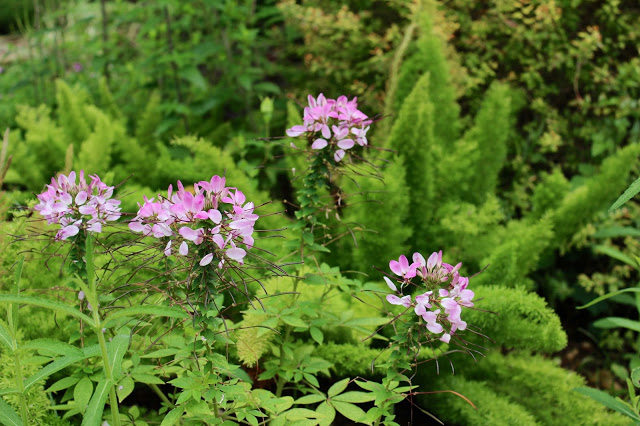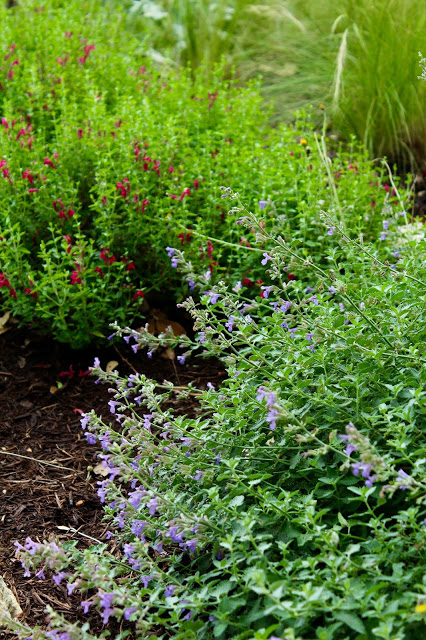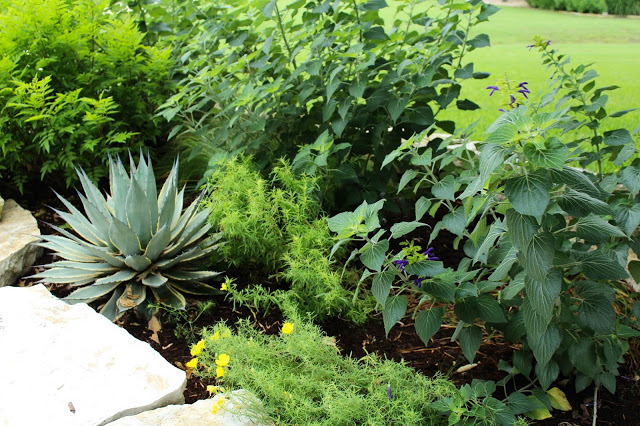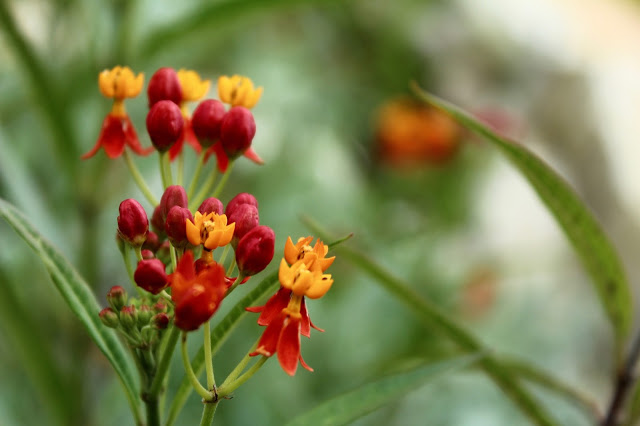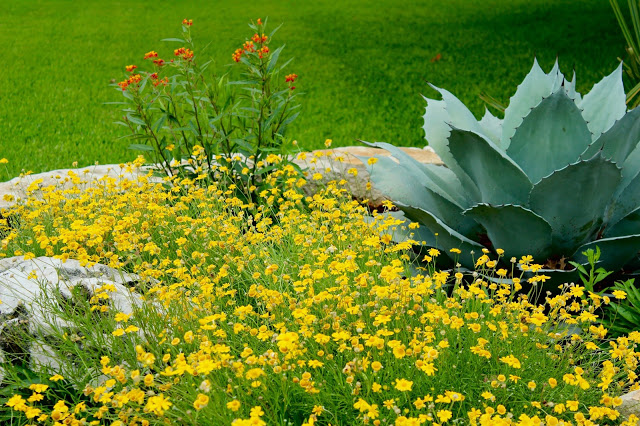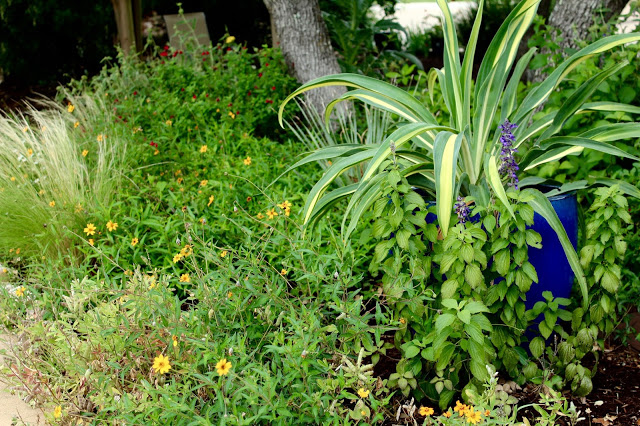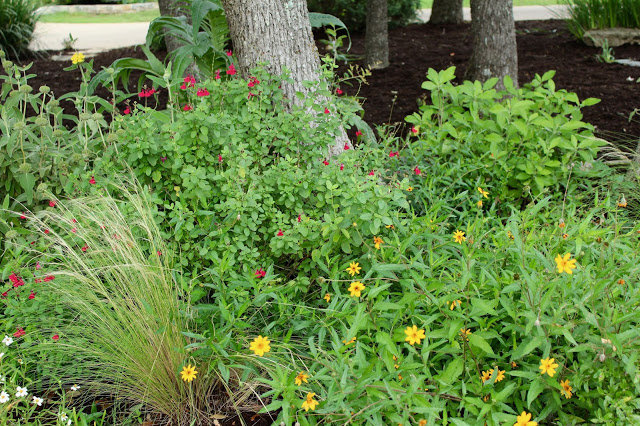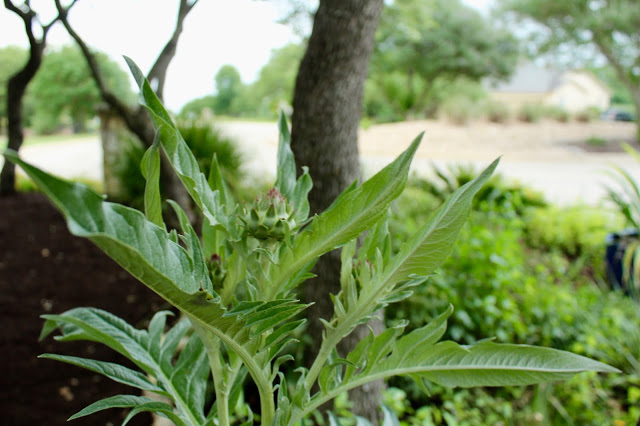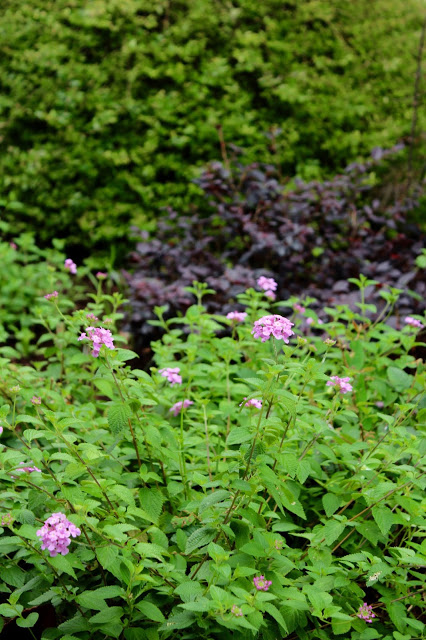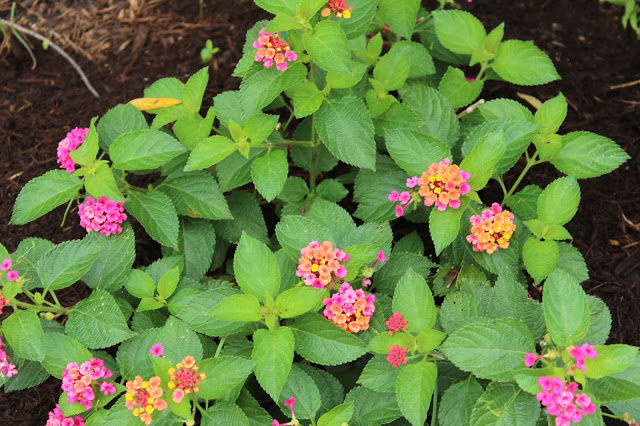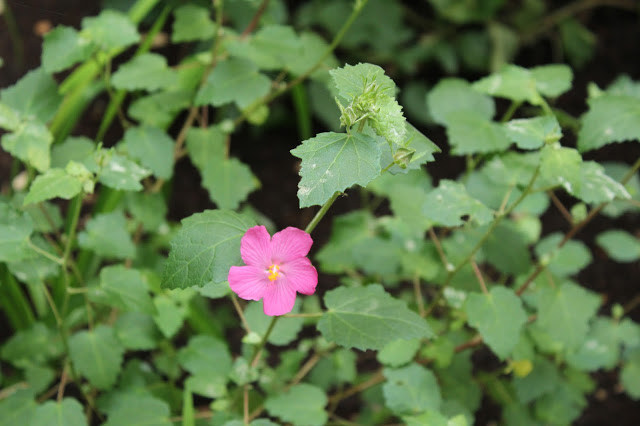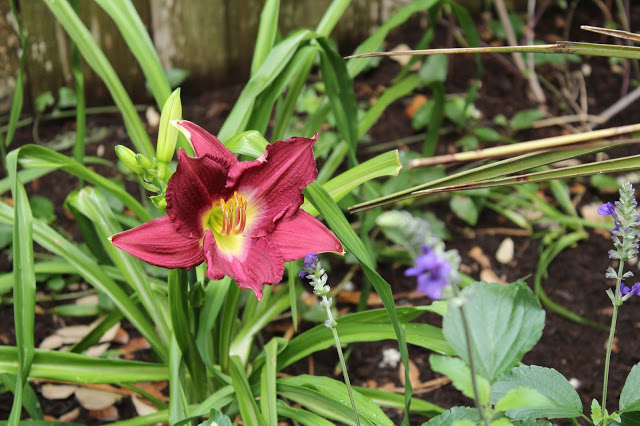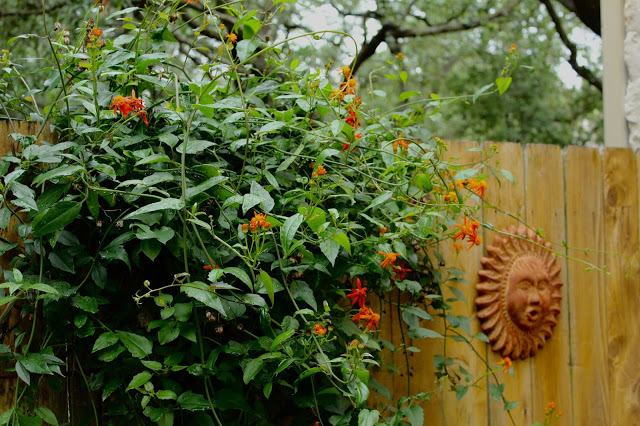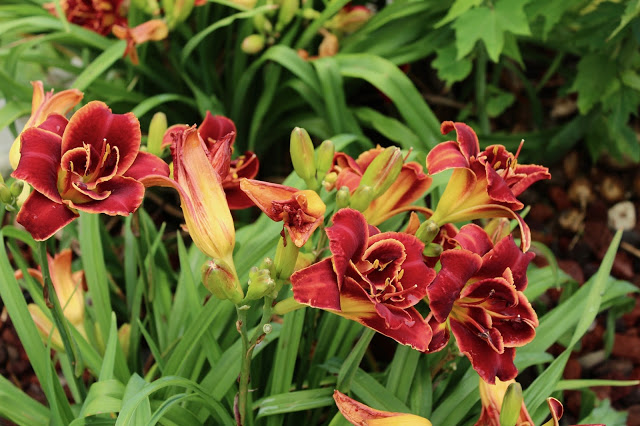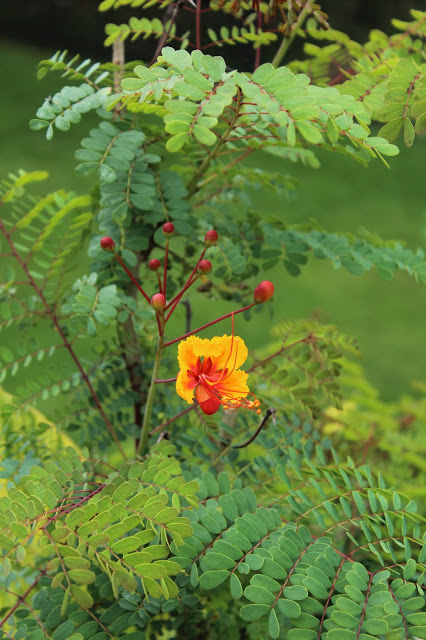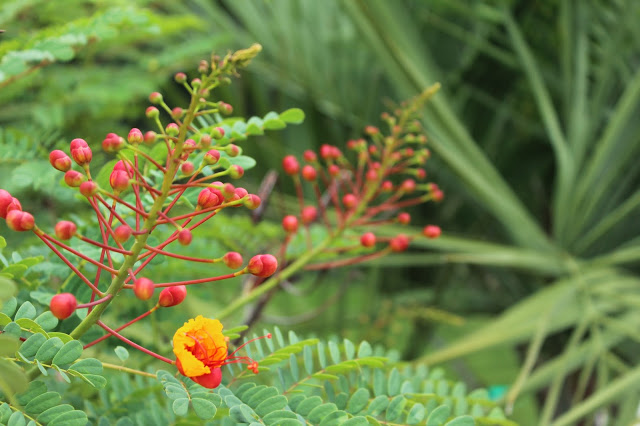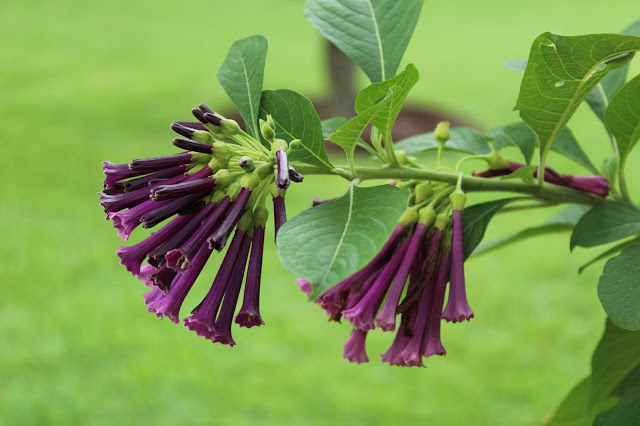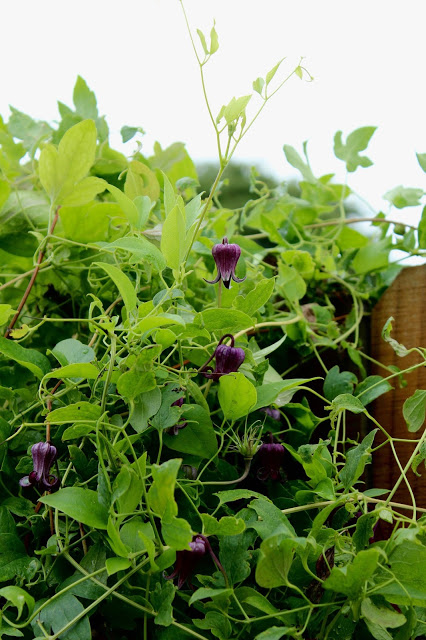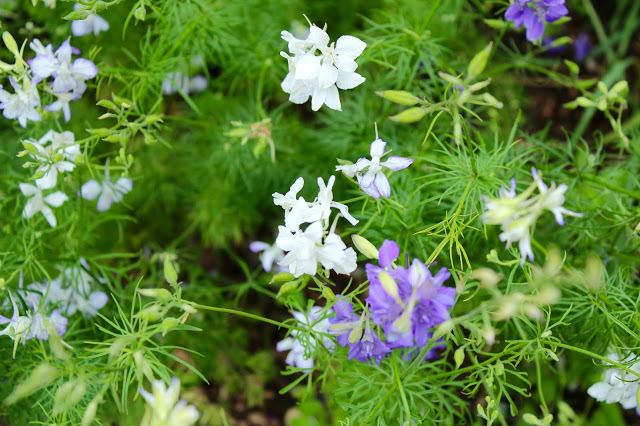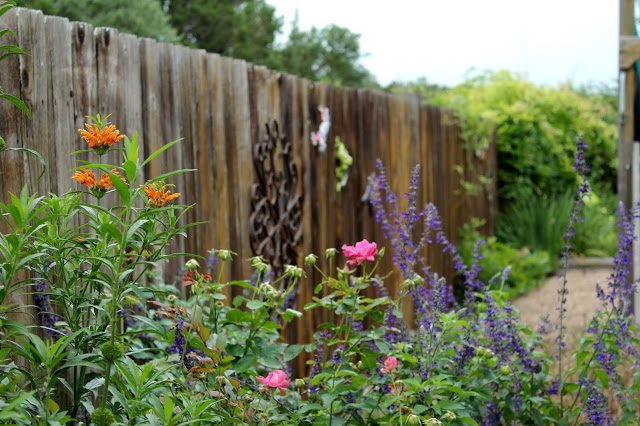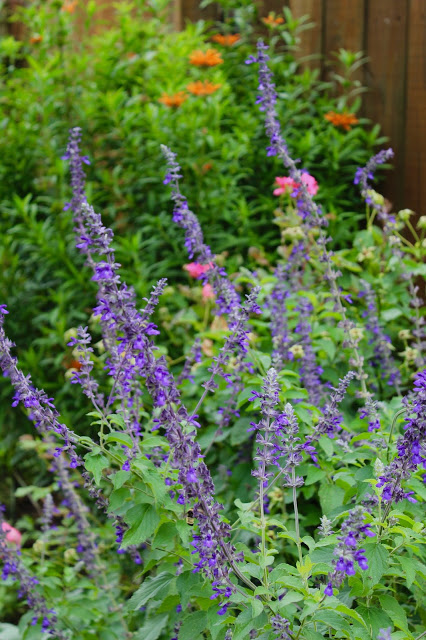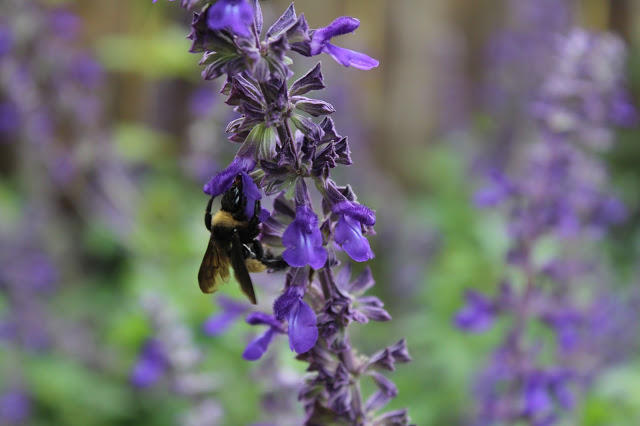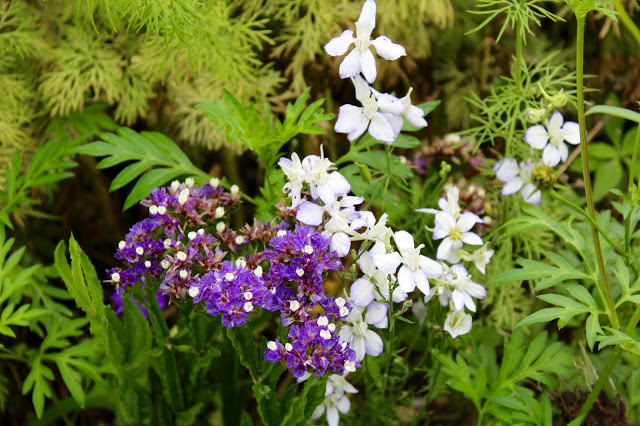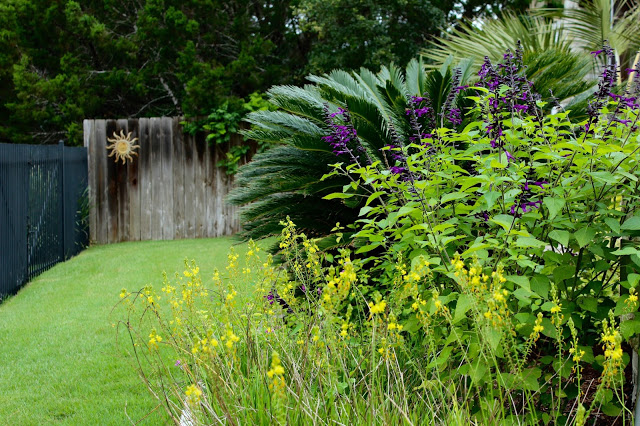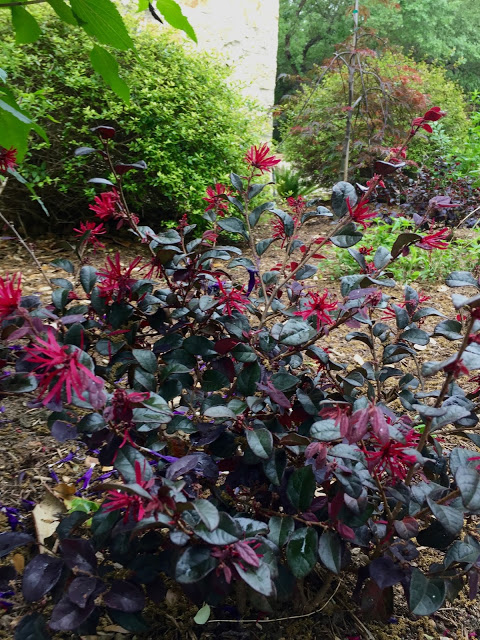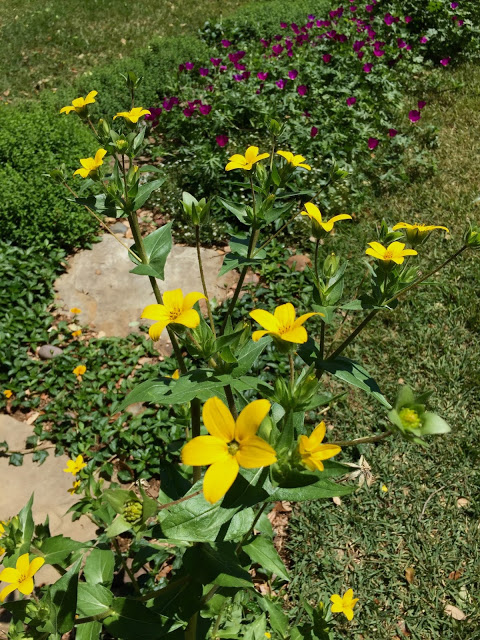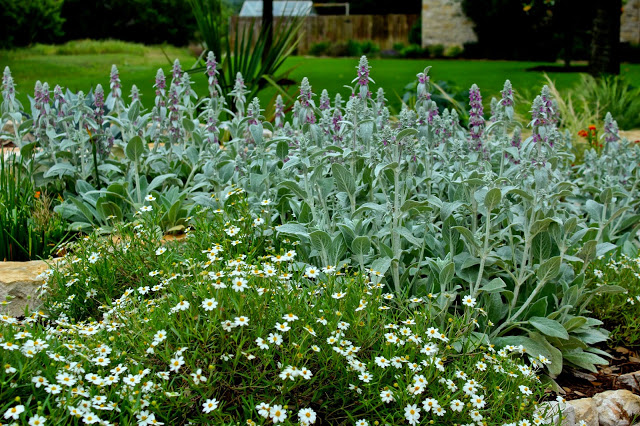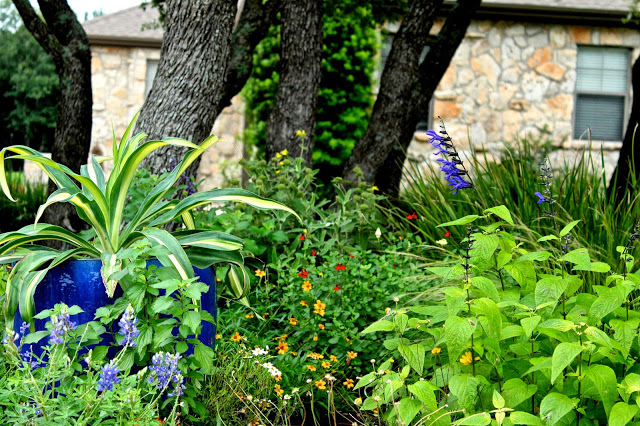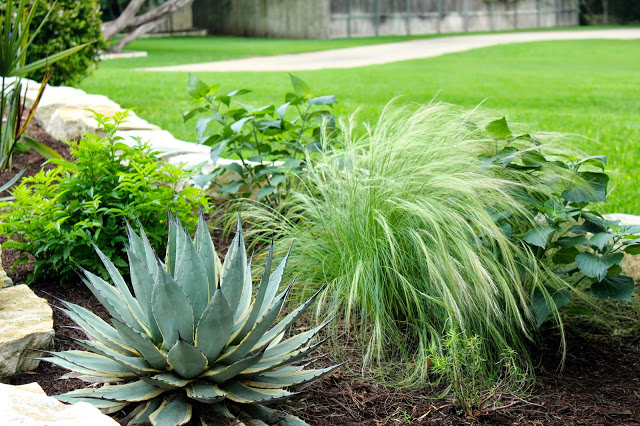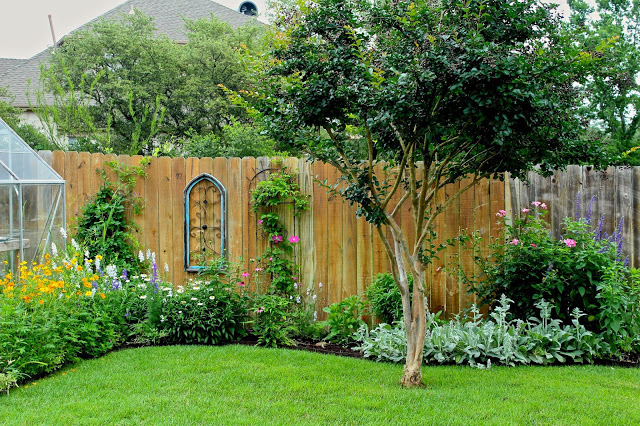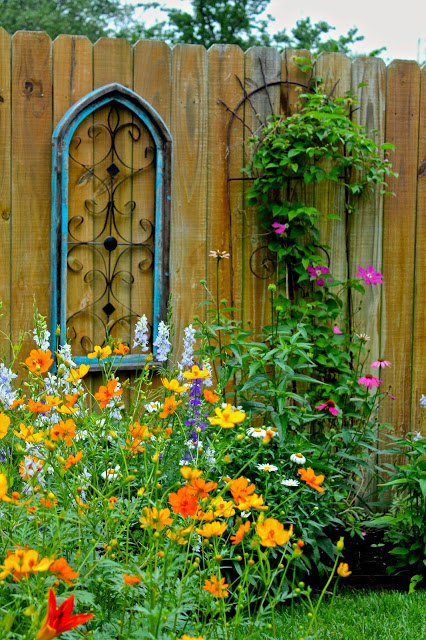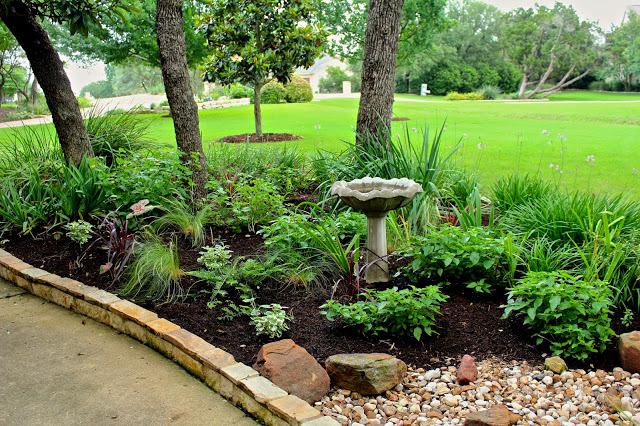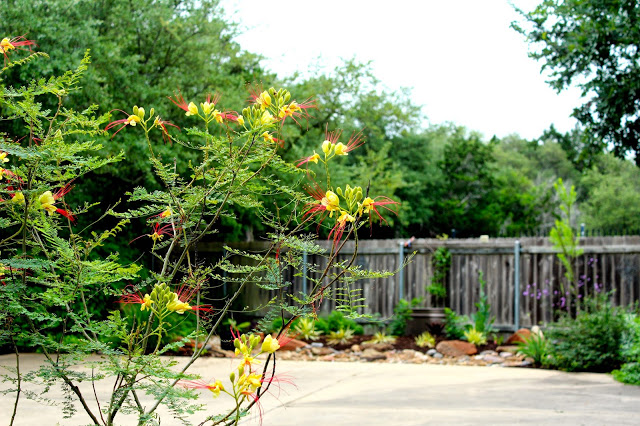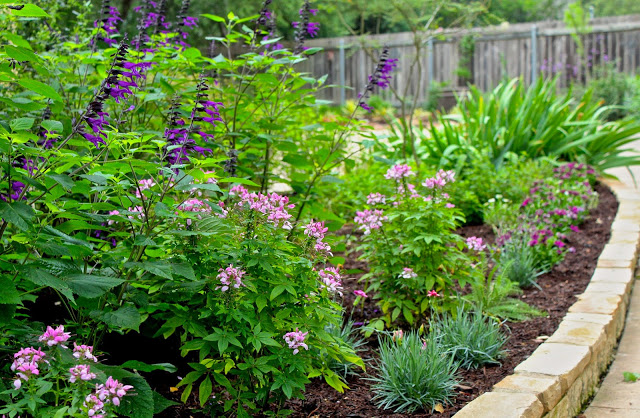Building beautiful borders in the garden
Successful, well-designed and attractive landscapes include beds with layers of plants and a variety of shapes, textures and color. Strategically placed anchor plants, evergreen foundation shrubs, medium-sized perennials, and small border plants, all work together to create a pretty palette.
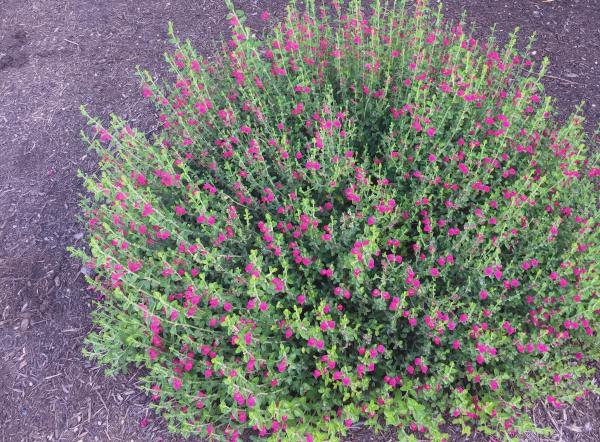
But many gardeners ask, how do I know which plants to put where? How do I select the correct size for my space?
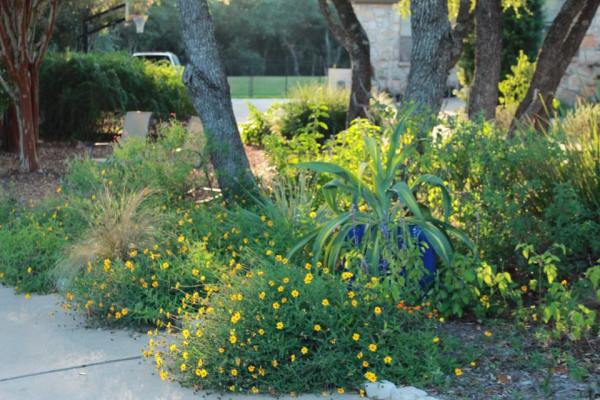 Plants grow, and some of them grow a lot once they’re out of that tiny pot you bought and nestled in your lovely garden. Planting too close together creates more work later as you struggle to prune all the time or are forced to remove plants to allow enough space for them all to thrive. Believe nursery tags and nursery staff and follow the guidelines in your research.
Plants grow, and some of them grow a lot once they’re out of that tiny pot you bought and nestled in your lovely garden. Planting too close together creates more work later as you struggle to prune all the time or are forced to remove plants to allow enough space for them all to thrive. Believe nursery tags and nursery staff and follow the guidelines in your research.
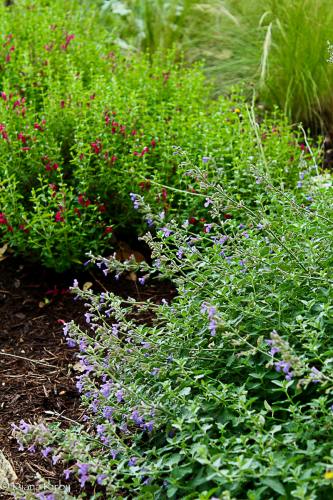 The plants in the front of your layered beds will be ground covers or border plants. For most gardens, these plants typically don’t get much bigger than about 18” tall. There are, of course, exceptions, depending on the overall scope and proportion of the landscape, whether it’s a very small space or a sizeable piece of property. The true test is how they will look in comparison to the next line or area of plants behind them in the bed. Border plants should provide a contrast in size between layers and should look good together, combining different colors, textures and shapes.
The plants in the front of your layered beds will be ground covers or border plants. For most gardens, these plants typically don’t get much bigger than about 18” tall. There are, of course, exceptions, depending on the overall scope and proportion of the landscape, whether it’s a very small space or a sizeable piece of property. The true test is how they will look in comparison to the next line or area of plants behind them in the bed. Border plants should provide a contrast in size between layers and should look good together, combining different colors, textures and shapes.
How do I pick border plants? The first order of business is to determine the amount of sun or shade that your border gets. When the sun is at different points in the sky in the winter, it’s not a true reflection of how plants will fare when heat stressed. I try to consider conditions in the worst of summer, because those days are so intense.
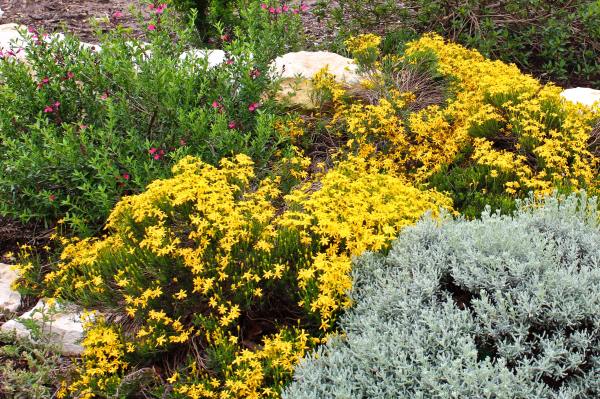 The terms full sun, full shade, part sun, part shade are associated with specific amounts. Full sun means a site gets at least 6 full hours of sun most days. But, here in Central Texas, some plants labeled full sun may still struggle if that’s all blistering afternoon sun. Do your research to determine if there are any limits on tolerance that might apply.
The terms full sun, full shade, part sun, part shade are associated with specific amounts. Full sun means a site gets at least 6 full hours of sun most days. But, here in Central Texas, some plants labeled full sun may still struggle if that’s all blistering afternoon sun. Do your research to determine if there are any limits on tolerance that might apply.
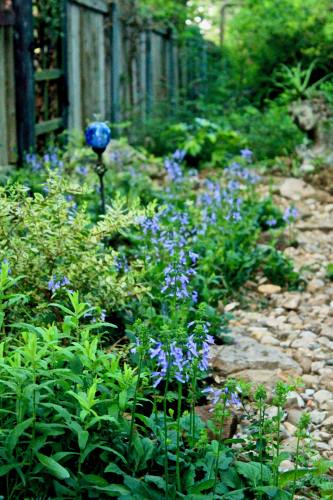 Full shade doesn’t mean no sun at all. Labels calling for full shade conditions refer to less than 3 hours of sunlight each day, and filtered light the remainder of the day. In the Austin area, those 3 hours simply cannot fully expose plants in the heat of the day. A little dappled morning light and good afternoon shade is a much better guide for us.
Full shade doesn’t mean no sun at all. Labels calling for full shade conditions refer to less than 3 hours of sunlight each day, and filtered light the remainder of the day. In the Austin area, those 3 hours simply cannot fully expose plants in the heat of the day. A little dappled morning light and good afternoon shade is a much better guide for us.
Part sun or part shade are sometimes used to mean similar conditions, with slight adjustments leaning in either direction. Generally, these designations refer to between three to six hours of exposure most days. Part sun means plants will need the minimum sun requirements to set flowers and bloom. Part shade also means protecting your plants from the intense afternoon sun, allowing them some sun at other times. As always, discussing your situation with nursery staff can provide more detailed information.
Some beautiful border plants for Central Texas include:
Agave (some varieties)
Ajuga
Aztec grass
Batface cuphea
Blackfoot Daisy
Bluebonnet
Bulbine
Catmint
Evening primrose
Creeping germander
Dalea
Damianita
Dyckia
Four nerve daisy
Ice plant
Lamb’s ear
Liriope
Lyre leaf sage
Mexican feather grass
Mexican heather
Monkey grass
Pigeonberry
Plum yew
Purple heart
Dwarf Mexican Petunia
Lavender cotton
Sedge (some varieties)
Skullcap
Society garlic
Verbena
Winecup
Yarrow
Yuccas (some varieties)
Zexmenia
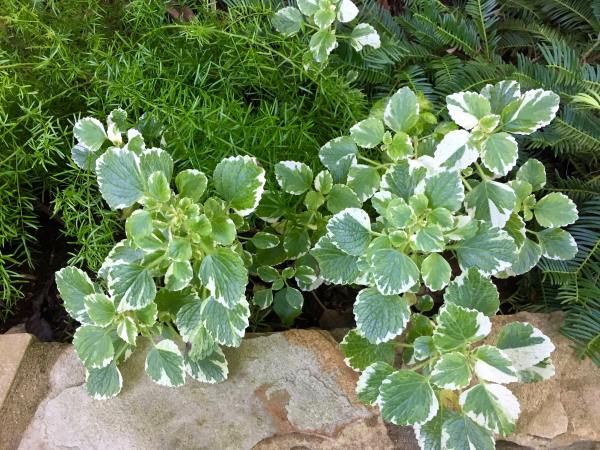 Border plants don’t have to be planted in a straight line. You can also cluster plants in sections according to size, color or texture. Place them in drifts in front of the next section of larger plants based on which ones look best together.
Border plants don’t have to be planted in a straight line. You can also cluster plants in sections according to size, color or texture. Place them in drifts in front of the next section of larger plants based on which ones look best together.
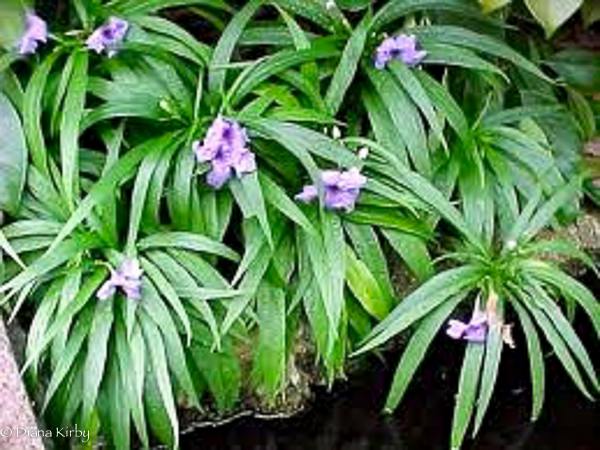 Many annuals also make excellent border plants, adding color and interest at specific times through the year and allowing you to change out your look with the seasons.
Many annuals also make excellent border plants, adding color and interest at specific times through the year and allowing you to change out your look with the seasons.

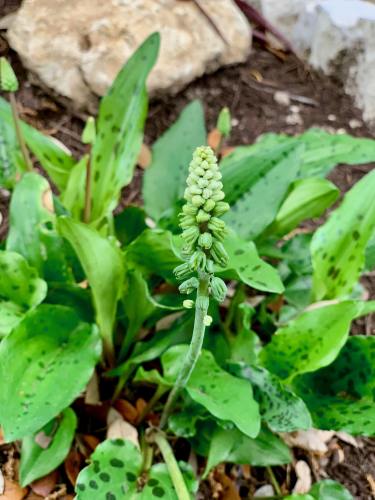
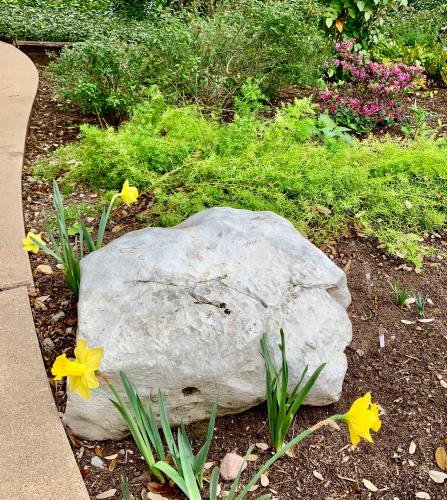
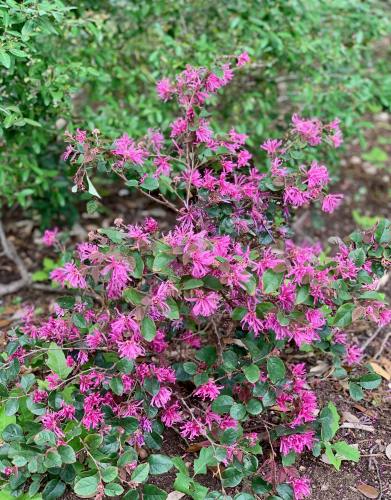
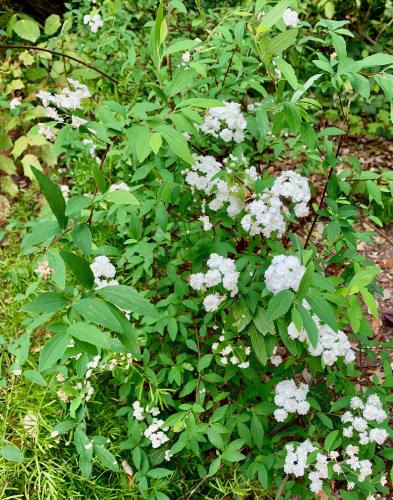
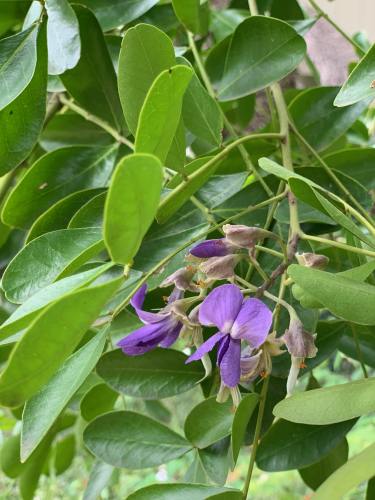
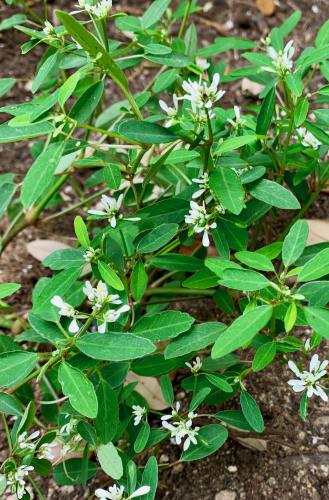
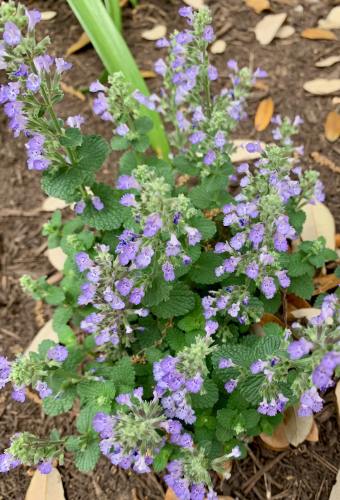
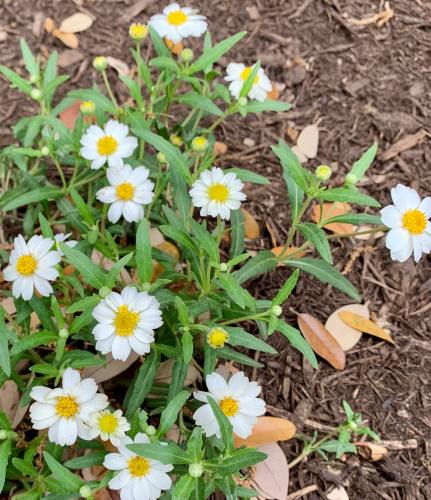
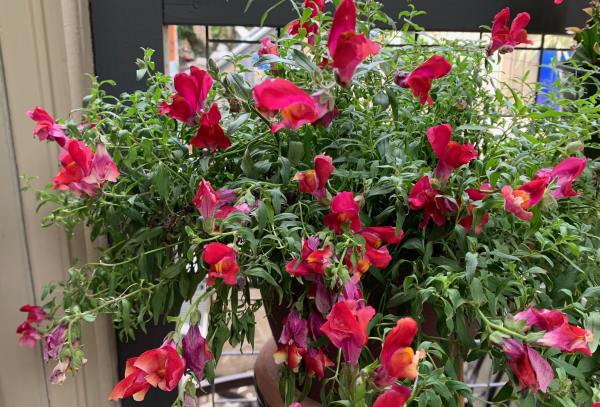
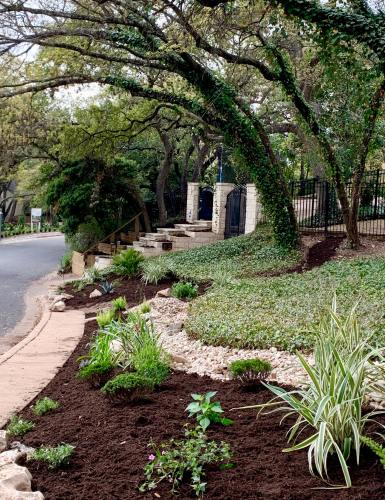
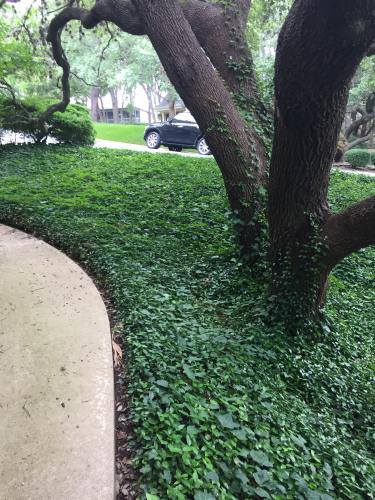

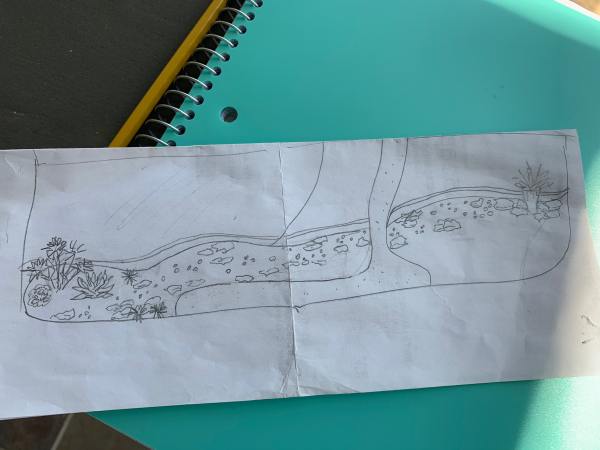 I’ve scribbled on several napkins and I’ve had a few snippets of ideas about possible plant combinations. Luckily, I came to my senses and decided to take the time to assess the space, allow my vision to evolve, and focus on some of my favorite plants. The sketch of plants grew as I decided to intersect the long space with a dry creek, boulders and a large ceramic pot as the focal point.
I’ve scribbled on several napkins and I’ve had a few snippets of ideas about possible plant combinations. Luckily, I came to my senses and decided to take the time to assess the space, allow my vision to evolve, and focus on some of my favorite plants. The sketch of plants grew as I decided to intersect the long space with a dry creek, boulders and a large ceramic pot as the focal point.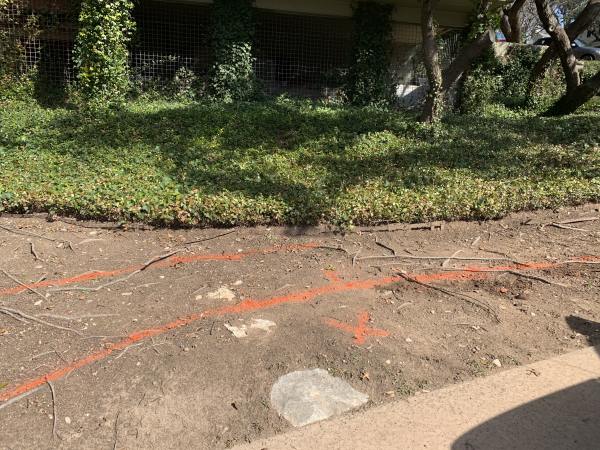
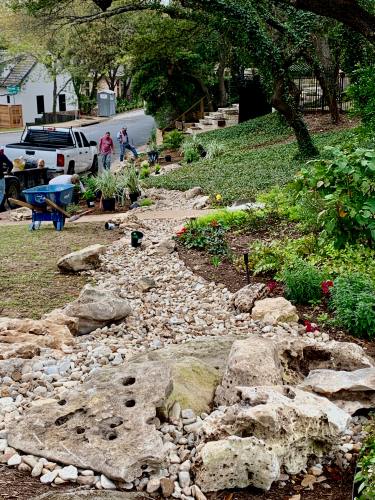
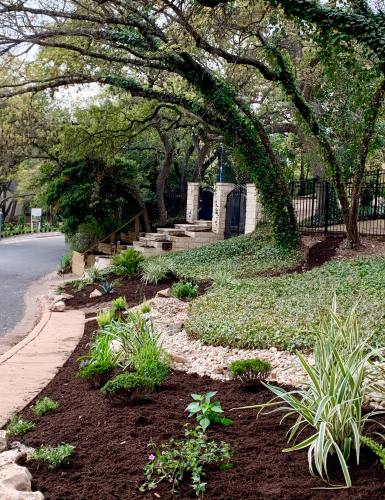
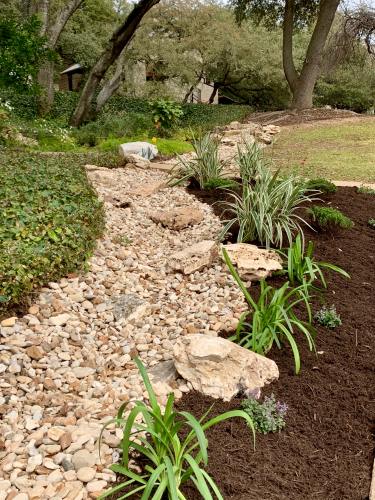 To create year-round interest, catmint is intermingled with the elegant and strappy leaves of Agapathus. I like the textural contrast between the delicate, gray-green catmint and the lime-y foliage of the agapanthus.
To create year-round interest, catmint is intermingled with the elegant and strappy leaves of Agapathus. I like the textural contrast between the delicate, gray-green catmint and the lime-y foliage of the agapanthus.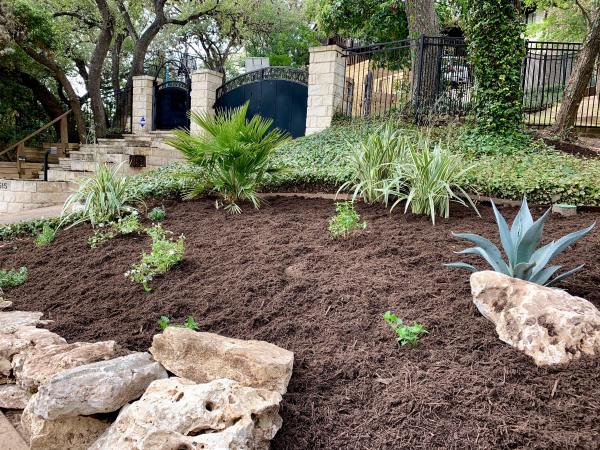 At the other end of the bed and the creek, the shining star will be a deep magenta Maggie rose (which I haven’t found yet). She’ll be flanked by Dianella, a Mediterranean fan palm, trailing white lantana, purple skullcap and a Weberi agave. Just past the Weberi, another Dianella keeps an Indigo spires salvia company along with an artichoke and a scattering of sculptural foxtail ferns.
At the other end of the bed and the creek, the shining star will be a deep magenta Maggie rose (which I haven’t found yet). She’ll be flanked by Dianella, a Mediterranean fan palm, trailing white lantana, purple skullcap and a Weberi agave. Just past the Weberi, another Dianella keeps an Indigo spires salvia company along with an artichoke and a scattering of sculptural foxtail ferns.

